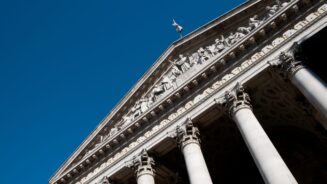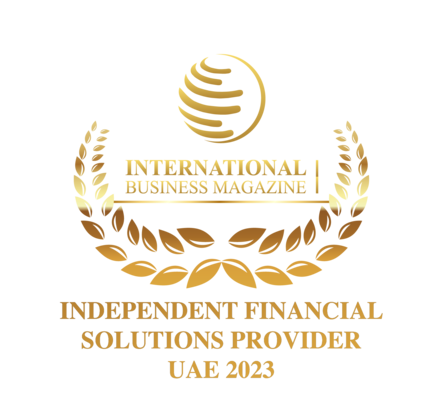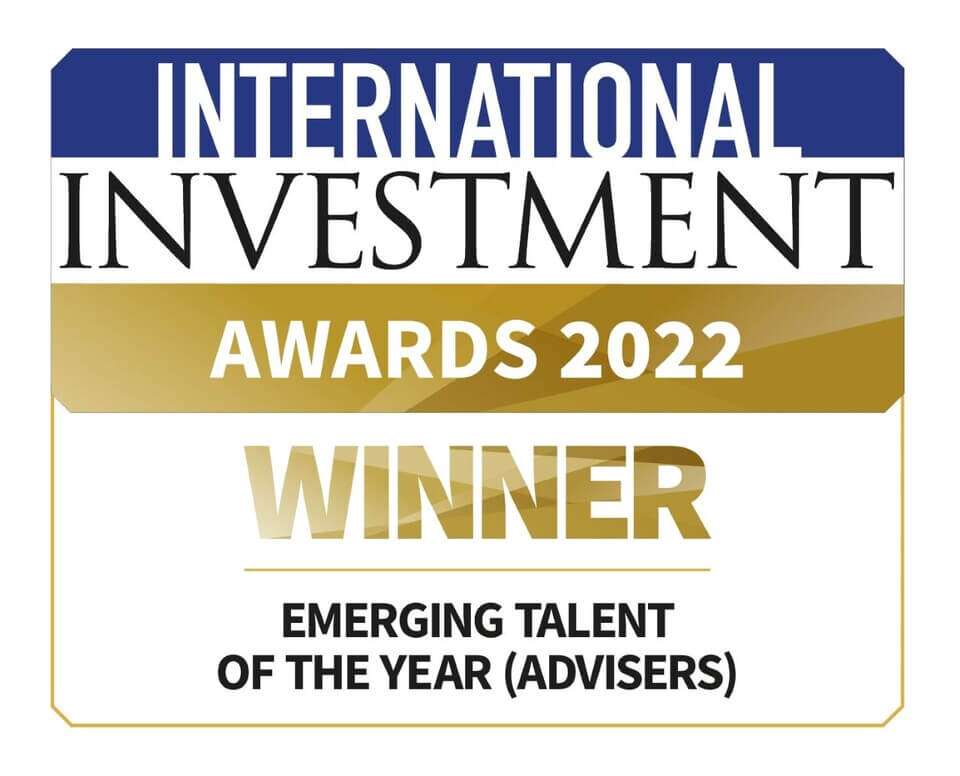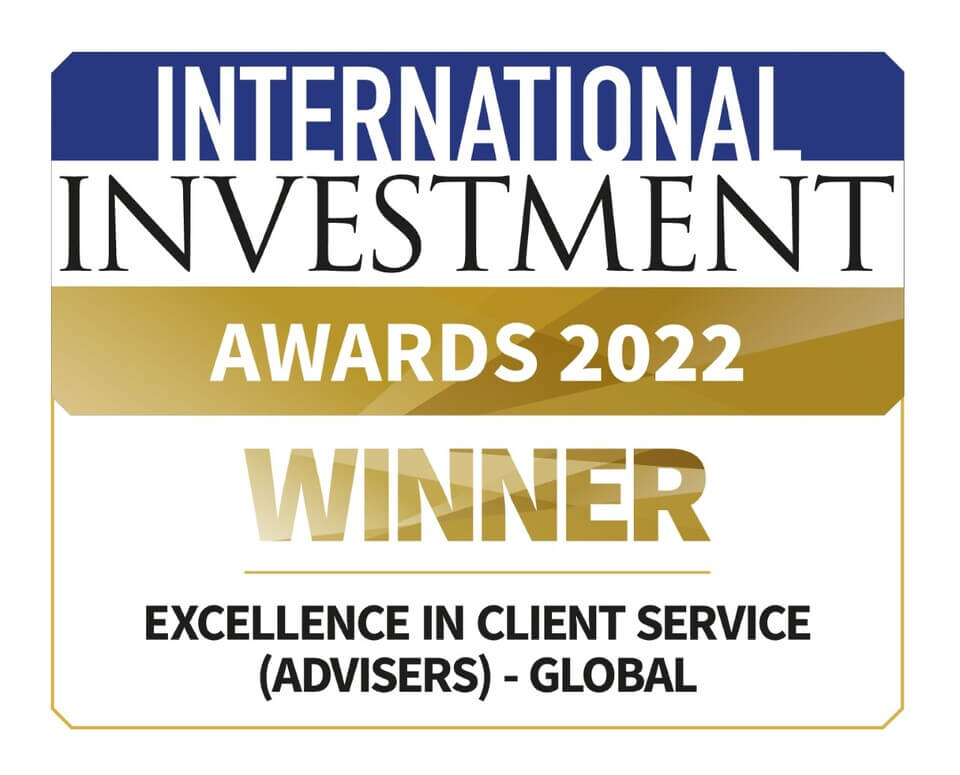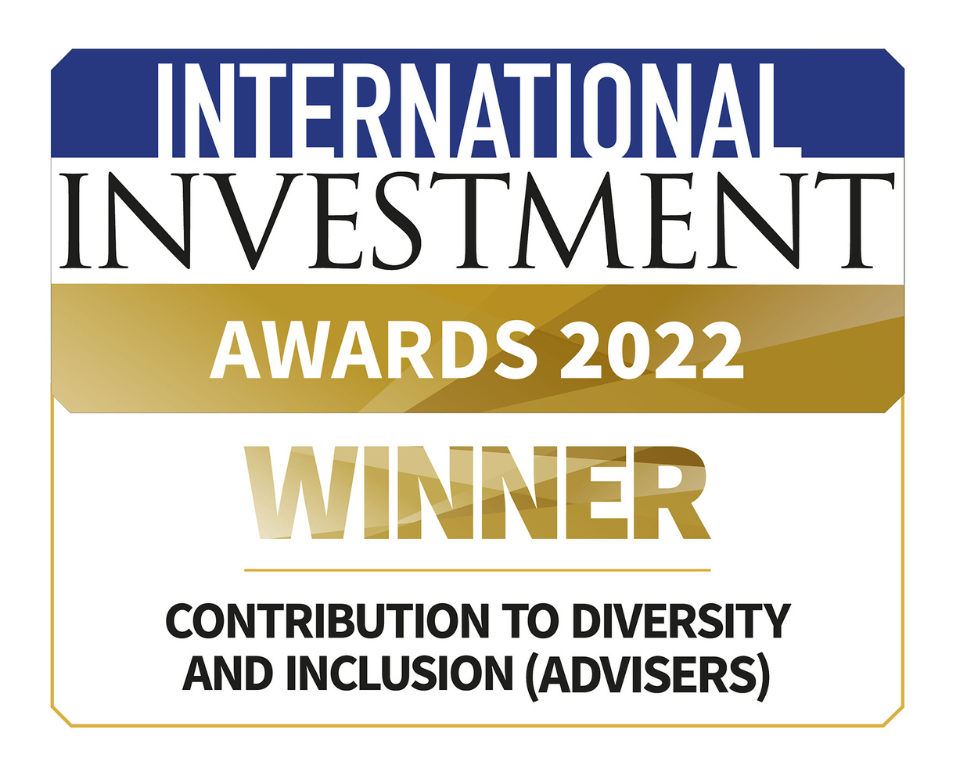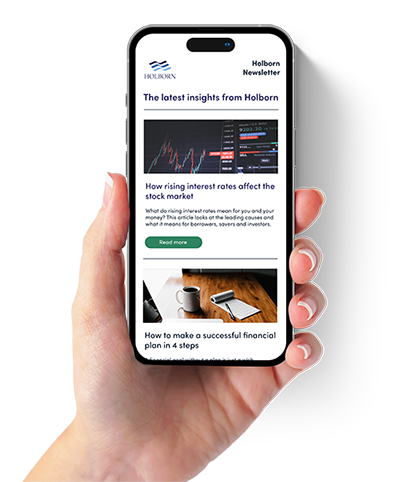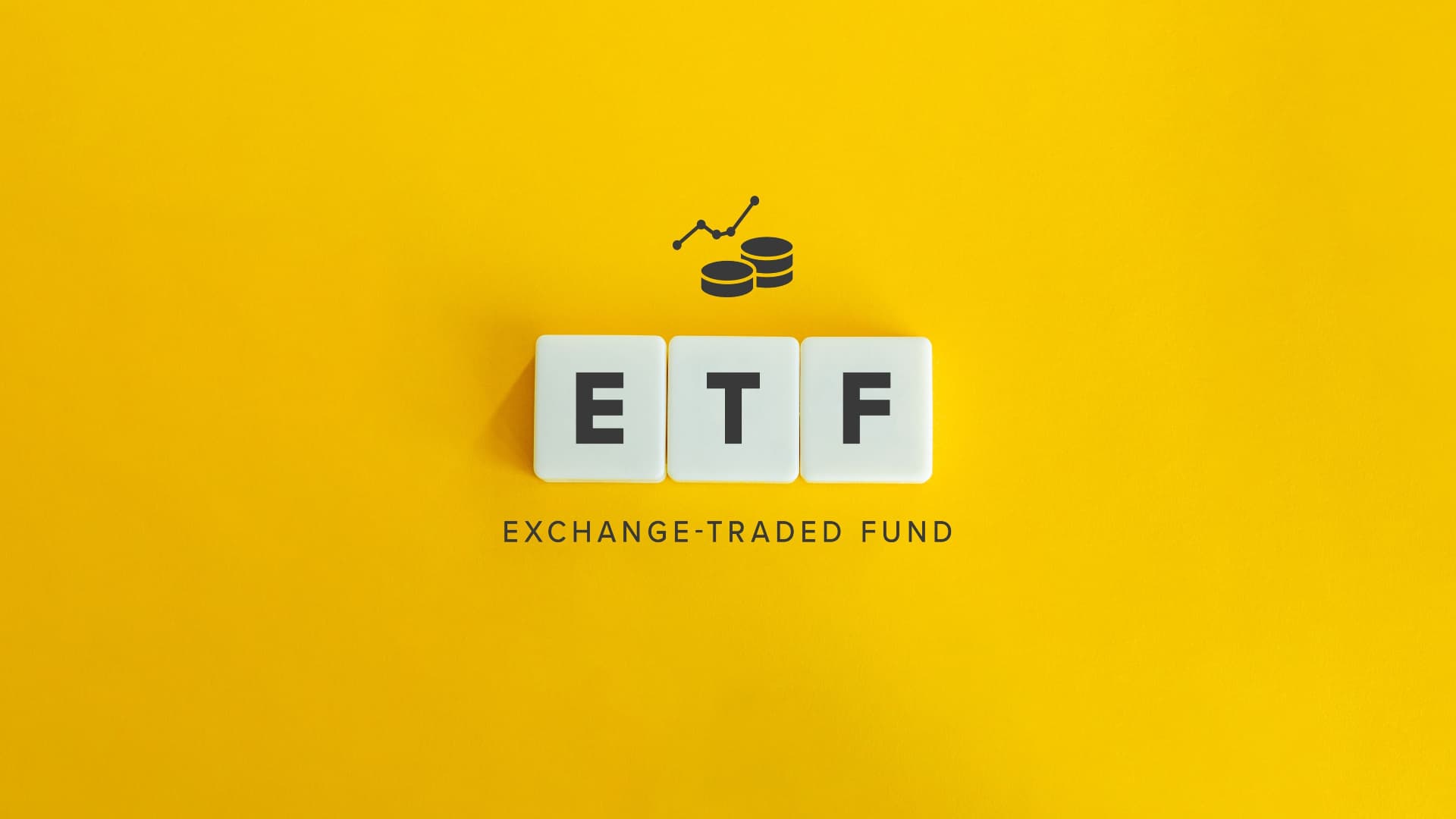
Understanding Exchange-Traded Funds (ETFs)
Posted on: 15th August 2022 in
Investments
You often hear investors talking about the importance of diversifying your investments. In fact, it’s one of the strategies used by experts to reduce risk.
The issue is, that’s easier said than done, especially if you are new to investing. So, is there a shortcut to diversifying? Exchange-traded funds, or ETFs, could be the solution.
In this article, we look at ETFs, how they work, as well as their pros and cons.
What are exchange-traded funds?
An exchange-traded fund, or ETF for short, is a ready-made basket of securities. Unlike buying individual stocks, they allow you to invest in a wide range of assets all at once.
ETFs track the performance of a particular index, such as the FTSE 100 or S&P 500. However, some also track a specific sector, region, asset class or commodity.
There are ETFs on the market to suit nearly every type of investment goal. They can contain stocks, government bonds, real estate – the list continues. It’s also worth noting that hybrid ETFs exist, offering a mix of different assets.
Like mutual funds, ETFs pool money from individual investors into a wide range of assets. But unlike mutual funds, ETFs can be bought and sold on the stock exchange, just like shares. Because of this, they are easier to trade.
How do ETFs work?
Understanding the inner workings of ETFs is complex, but here is the TLDR.
The ETF provider will first set up a fund to track a particular market segment. Then, they will build a basket of stocks relating to that index.
Let’s look at the iShares Core that tracks the FTSE 100. It will contain shares in the 100 companies that make up the FTSE 100. The fund then sells shares in the EFT to investors on the stock market.
It’s important to note that you do not own the underlying assets as an investor; the fund provider owns them. Instead, you own a portion of the ETF.
Funds typically fall into one of two categories – active or passive.
Active funds are managed by a fund manager and look to beat the index they are tracking. Meanwhile, passive funds look to match the performance of the index.
Both have pros and cons, but it usually comes down to cost. You need to pay for the fund manager’s time and expertise with active funds, meaning they cost more than passive funds.
Active funds have their pros, producing potential higher returns as they are trying to beat the market. It’s something to bear in mind when looking to invest in a fund.
Generally, ETFs are passive funds that potentially offer more predictable returns. However, Active EFTs do exist.
Types of exchange-traded funds
ETFs can be structured to track just about anything.
With so many options in the market, there is something to suit just about any investment objective. Below are some of the common types of ETFs.
Equity/stock EFTs
As the name implies, these ETFs track equities in several ways. Equity ETFs can track a broad index such as the S&P 500 or a more targeted area.
For example, an Equity ETF might track a sector such as technology. Alternatively, they could focus on businesses from a particular country.
Bond and fixed income ETFs
Bonds are a staple part of most investment strategies. That’s because they help to spread the overall risk of the investment portfolio.
Investors use bond ETFs to generate a steady, regular income. These also tend to have less risk attached to them compared to equity ETFs.
Bond funds can include various types of bonds. Some examples include corporate bonds and government bonds.
Commodity ETFs
Like bonds, commodities are viewed as a great way to diversify a portfolio. That’s because they can offset the risk of common stock market investments like equities.
ETFs that track commodities will invest in things such as gold, crude oil or natural gas. Often, these ETFs use derivatives rather than holding the asset itself.
Currency ETFs
Currency ETFs invest in either domestic currency or a mixture of foreign currencies. These ETFs typically either hold either the currency itself, a derivative of it, or a combination of both.
Currency ETFs can be used for three things; hedging against volatility and inflation, as well as building a more diverse portfolio.
Sustainable ETFs
So-called green investments have greatly increased in popularity over the last few years. These allow investors to put their money into things that align with their ethics and beliefs while returning a profit at the same time.
Sustainable ETFs invest in companies that meet specific environmental, social and governance standards.
What are the pro and cons of exchange-traded funds?
Like any investment, there are pros and cons to ETFs. Let’s start by looking at some of the main advantages of ETFs.
Pros
Ease of access:
One of the main benefits of ETFs is how much exposure they can give an investor. An ETF can potentially hold thousands of stocks, making it easy to invest in multiple stocks simultaneously.
An investor can also more easily access markets that would otherwise be challenging.
Ease of trading:
Unlike mutual funds that are bought and sold during the trading day, ETFs trade on stock exchanges at their current market price.
Because they are not confined to market hours, ETFs have more liquidity than mutual funds. This is one of the things that makes them appealing. Investors like the flexibility of being able to buy and sell at any time.
Costs:
As we mentioned, most EFTs are passive. This means that, for the most part, ETFs have much lower management fees than mutual funds.
Data from Morningstar found that for some ETFs, the average net expense ratio was about one-tenth of most mutual funds. Of course, some ETFs can be actively run, meaning costs will be higher.
Spread the risk:
Because of the different assets that ETFs expose you to, they help diversify a portfolio and spread the overall risk. Buying individual securities is not as efficient in most cases when it comes to producing the same results.
Cons
Trading costs:
Although their ability to trade on the stock exchange is one of the advantages of ETFs, it can also become costly. That’s because making a trade is often not free of charge.
Transaction costs for buying and selling can mount up if you are trading often.
Liquidity:
An ETF with low liquidity can result in higher trading costs.
Capital risk:
It should go without saying that all investments carry a level of risk. Exchange-traded funds are no exception.
Before investing, you need to consider your long-term and short-term goals, as well as your risk profile. With so many types of ETF, it’s important to find one that fits your risk tolerance while helping you reach your financial goals at the same time.
Investing with Holborn
Exchange-traded funds are just one of the investment products that can be used to build a portfolio.
Whether you invest in a fund or individual assets, the key is to invest in things that fit into your overall strategy and help you reach your goals. If you are unsure where to start, we can help.
Holborn Assets offers clients transparent, expert advice and award-winning customer service. With us, you can be sure that you and your finances are in safe hands.
Let our experts guide you through your investment journey. Contact us using the form below to find out how we can help you.


